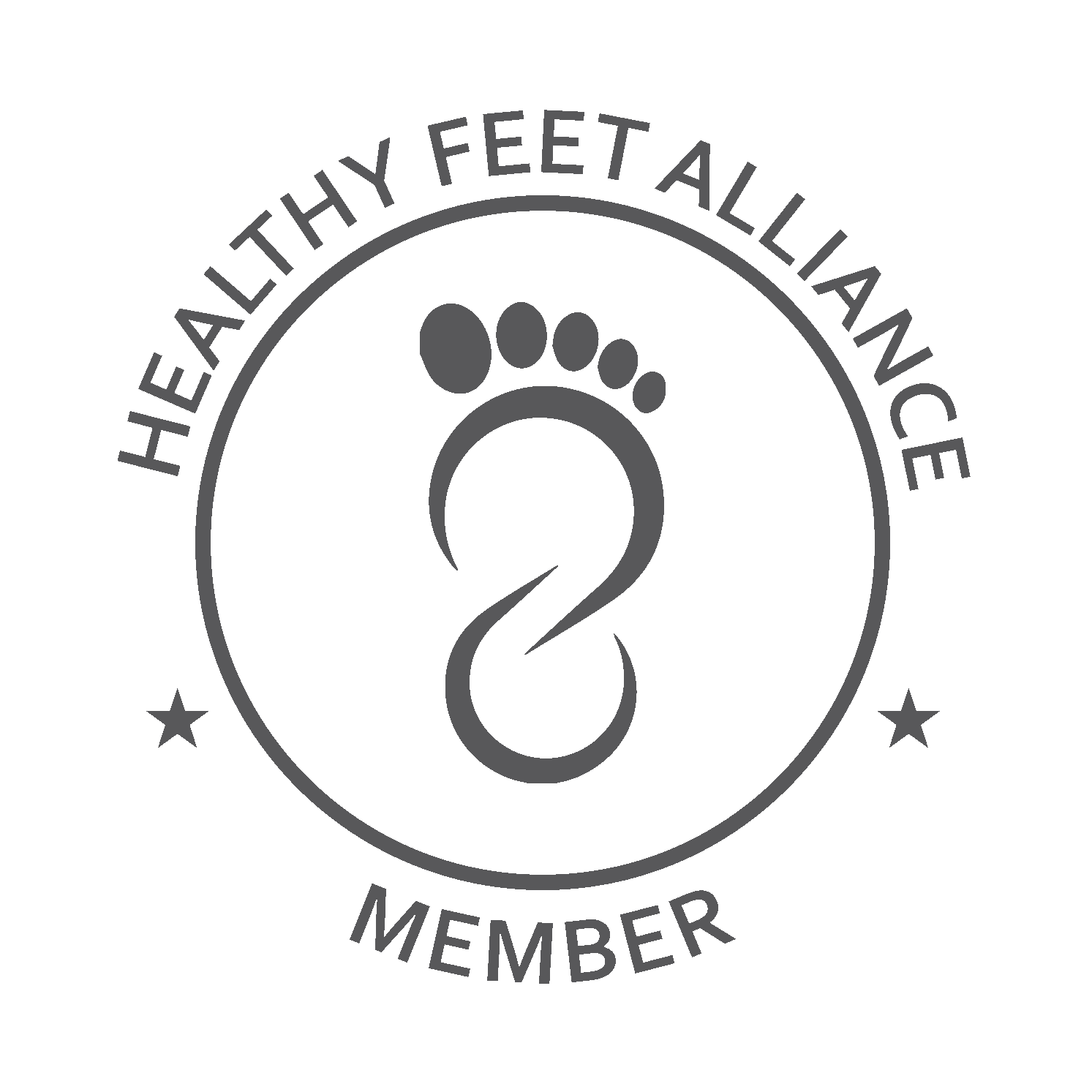As Christmas is fast approaching, Santa is probably gearing up for another night of delivering gifts to boys and girls all around the world.
As a chiropractor, and as someone who really wants a PlayStation 5 for Christmas, I am worried about Santa’s back. Low back pain is the leading cause of disability worldwide and contributes to a considerable proportion of absences from work.1
If Santa has to miss work because of back pain, millions of children won’t get the presents they wished for and I won’t get that PlayStation 5. So, what are some of the risk factors for low back pain that Santa should be aware of?
Being overweight or obese.
Santa has that belly that shakes like a bowl full of jelly—maybe from all those cookies. Most studies show that overweight and obese individuals are more likely to experience low back pain.2,3 But luckily being overweight or obese is not the most significant factor. So, though it may be a good idea for Santa to try to cut down on the cookies, there are many other things Santa can do to decrease the chances of having low back pain.
Smoking.
Santa used to be pictured smoking a pipe but, it seems he may have quit since he has not been shown with a pipe for quite a while now. Good for him!
After all, smoking increases the risk of back pain.4 Former smokers have less of a chance of developing disabling low back pain than current smokers but, people who never begin smoking have the lowest chance of having back pain.4
Physical Activity.
It is a mystery what Santa does during the rest of the year when it isn’t Christmas time. Likely reading lists and checking them twice takes up a lot of his downtime and, that is a pretty sedentary task.
If he increased his physical activity by taking up something active such as walking, running, dancing, gardening, swimming, or weightlifting he can reduce his chances of low back pain. Leisure-time physical activity can reduce the risk of chronic low back pain by 11%-16%.5
Psychological Factors.
The strongest predictors of low back pain are psychological factors such as depression, catastrophizing (assuming the worst will happen), fear avoidance beliefs (avoiding activity due to fear of pain), and low job satisfaction.1
It is hard to imagine Santa disliking his job so Santa, being as jolly and happy as he is, probably protects himself from having a disabling episode of low back pain.
You Are Not Alone.
And finally, just being alive is a risk factor for low back pain! Santa is alive, how else do the cookies and milk get eaten?
Because back pain is so common, it’s likely you’ll experience it at some point in your life. It is estimated that greater than 80 percent of us will experience low back pain.1
The good news is the vast majority of back pain does not have a serious cause and has a great prognosis! Most episodes of low back pain will get better within 6 weeks.1 Although back pain can be very uncomfortable, by recognizing that pain does not mean something is seriously wrong, you can help reduce the worry and fear that may actually exacerbate your pain.
Developing coping strategies to go about your daily life and work, despite the discomfort, can significantly reduce your chance of getting disabling low back pain as well as doing some of the other thing mentioned above!
Try to address some of these risk factors in your life to help prevent low back pain during the holidays. Even if you do get back pain, your Christmas isn’t a lost clause! The team at Reactivate Muskoka will be here to help you out!
Merry Christmas and Happy Holidays!
References
Hartvigsen, JanBuchbinder, Rachelle et al. 2018. What is low back pain and what to do about it. The Lancet, 391(10137):2356 – 2367
Rahman Shiri, Jaro Karppinen, Päivi Leino-Arjas, Svetlana Solovieva, Eira Viikari-Juntura. 2010. The Association Between Obesity and Low Back Pain: A Meta-Analysis, American Journal of Epidemiology, 171(2): 135–154,
Zhang, Ting-Ting MB; Liu, Zhen MB; Liu, Ying-Li MD; Zhao, Jing-Jing MM; Liu, Dian-Wu MD; Tian, Qing-Bao MD. 2018. Obesity as a Risk Factor for Low Back Pain. Clinical Spine Surgery, 31(1):22-27
Shiri, Rahman et al. The Association between Smoking and Low Back Pain: A Meta-analysis. 2009. The American Journal of Medicine, 123(1) 87.e7 - 87.e35
Shiri R, Falah-Hassani K. 2017. Does leisure time physical activity protect against low back pain? Systematic review and meta-analysis of 36 prospective cohort studies. Br J Sports, 51(19):1410-1418.








